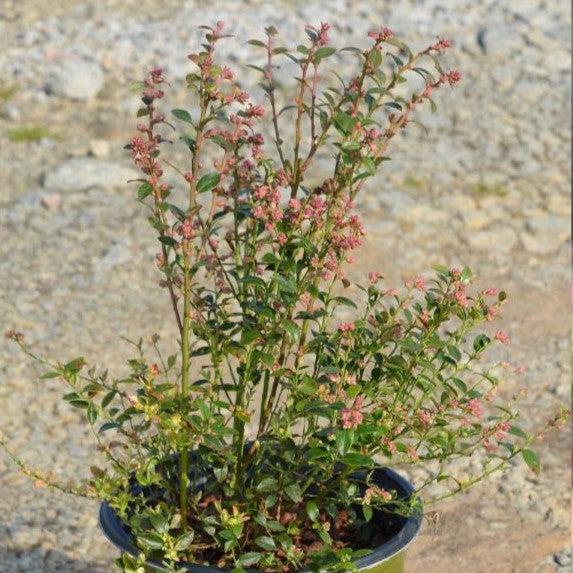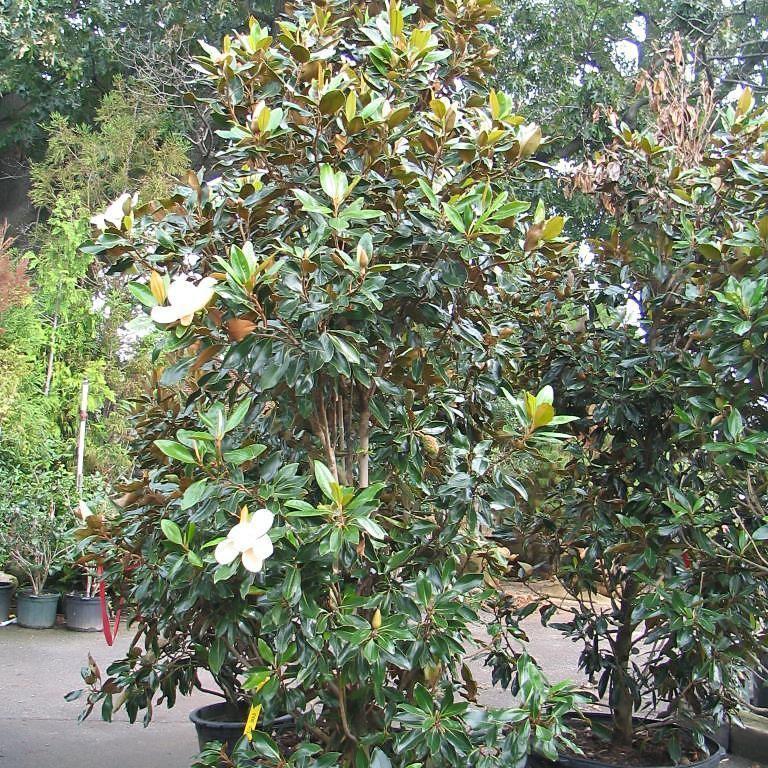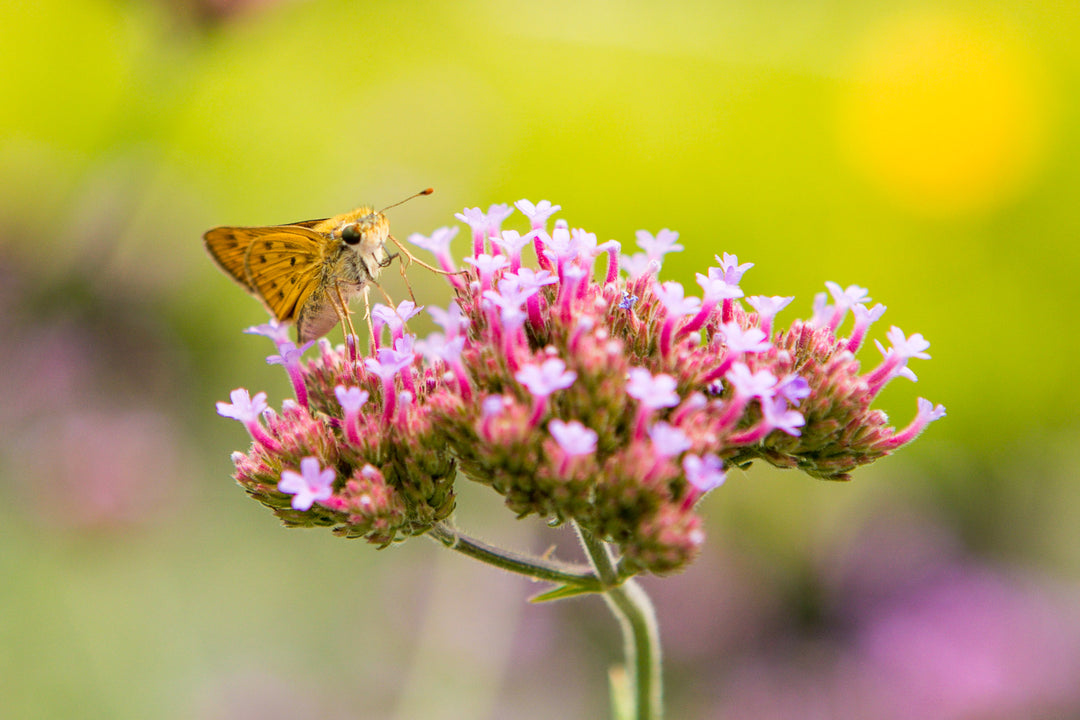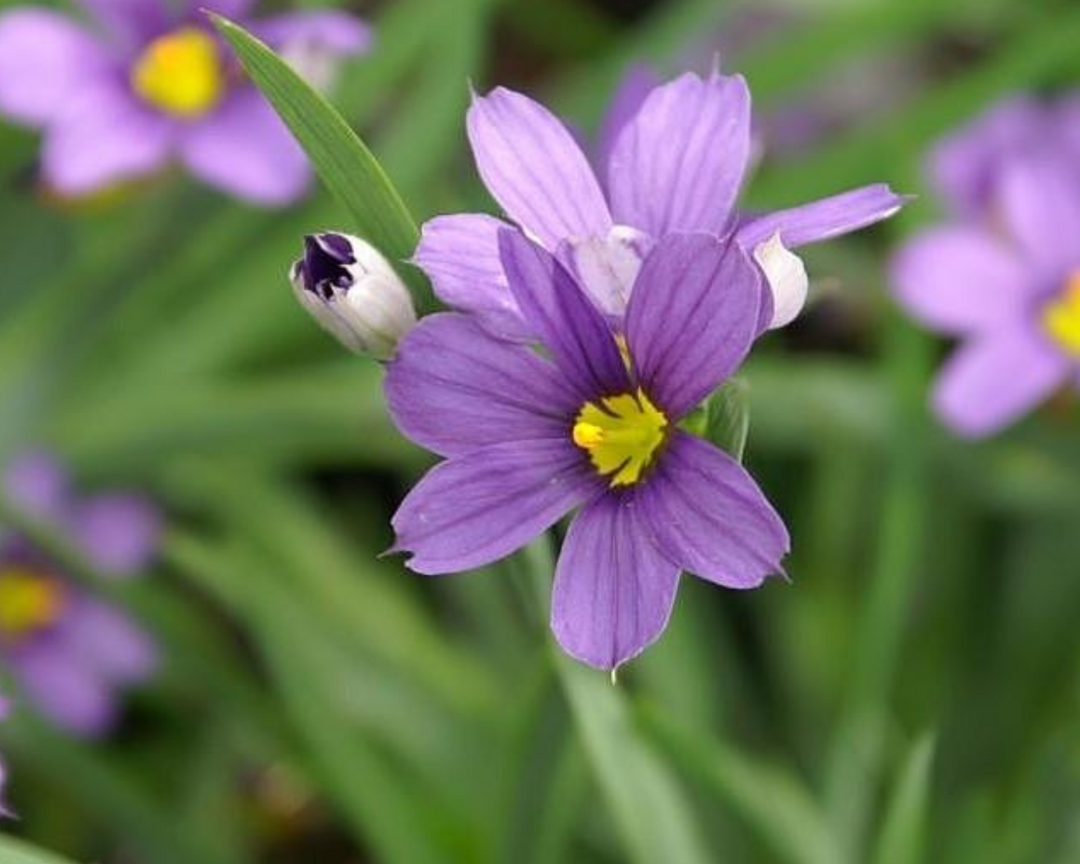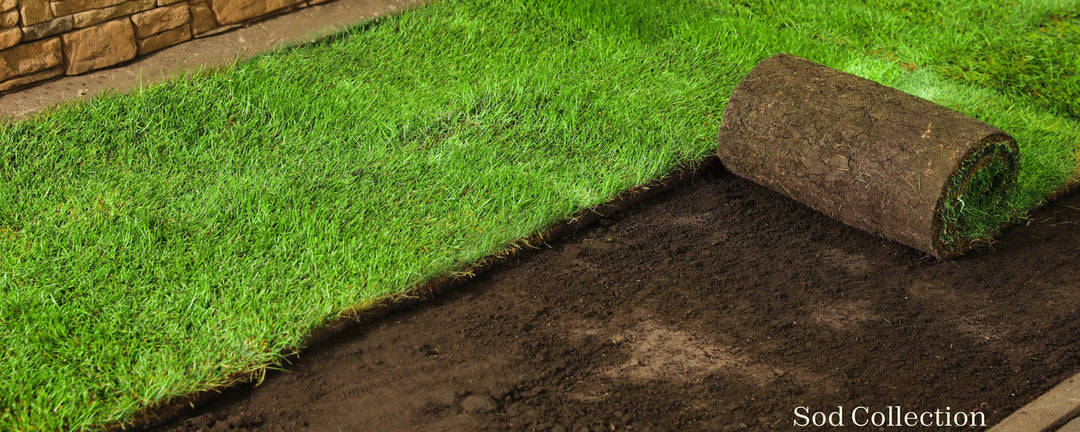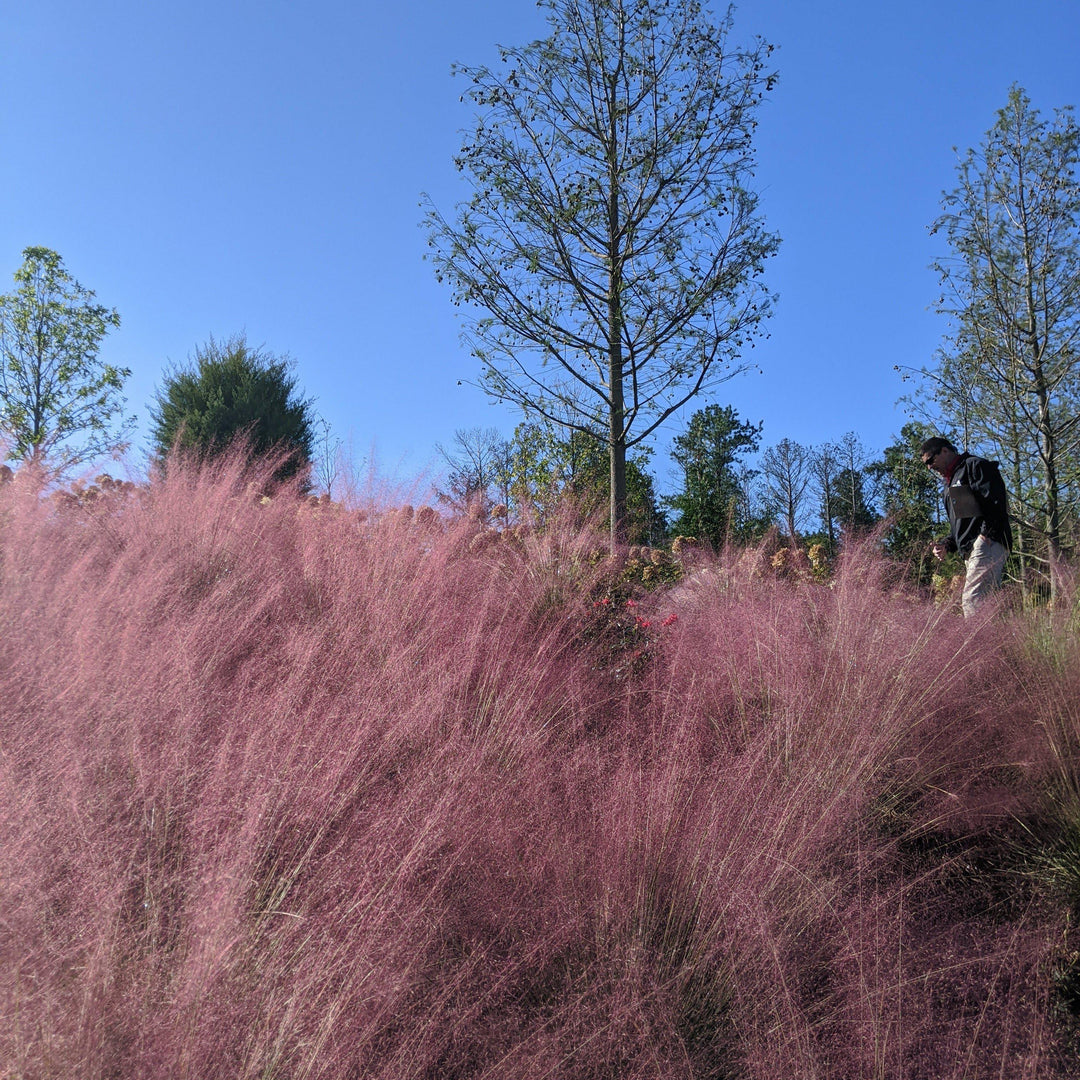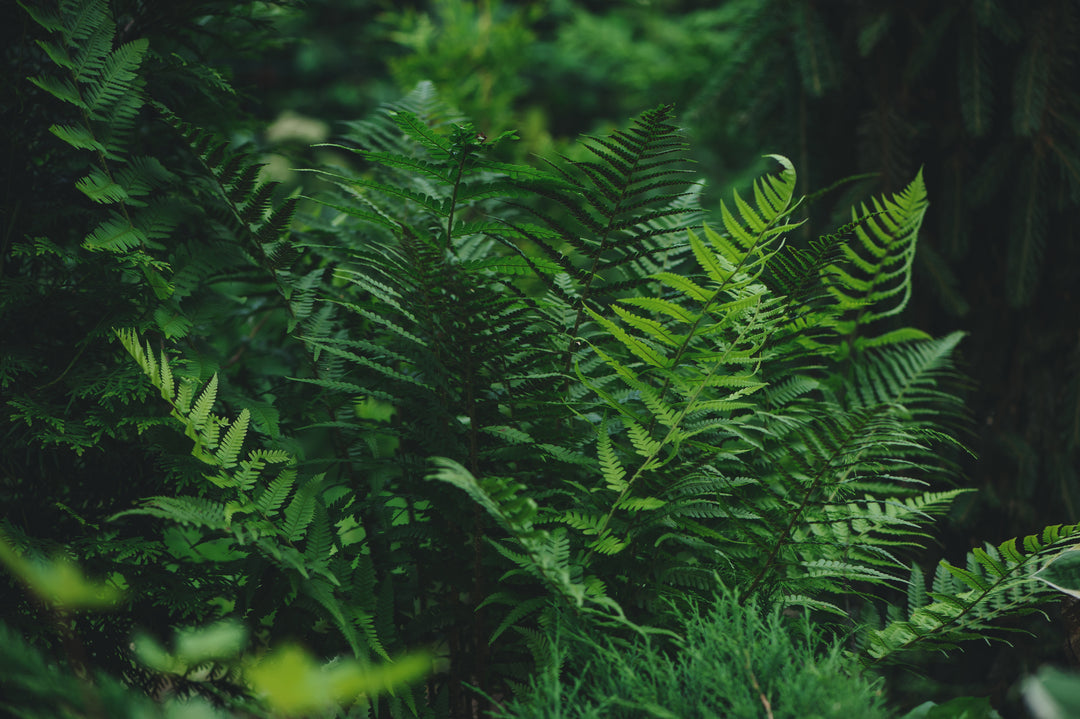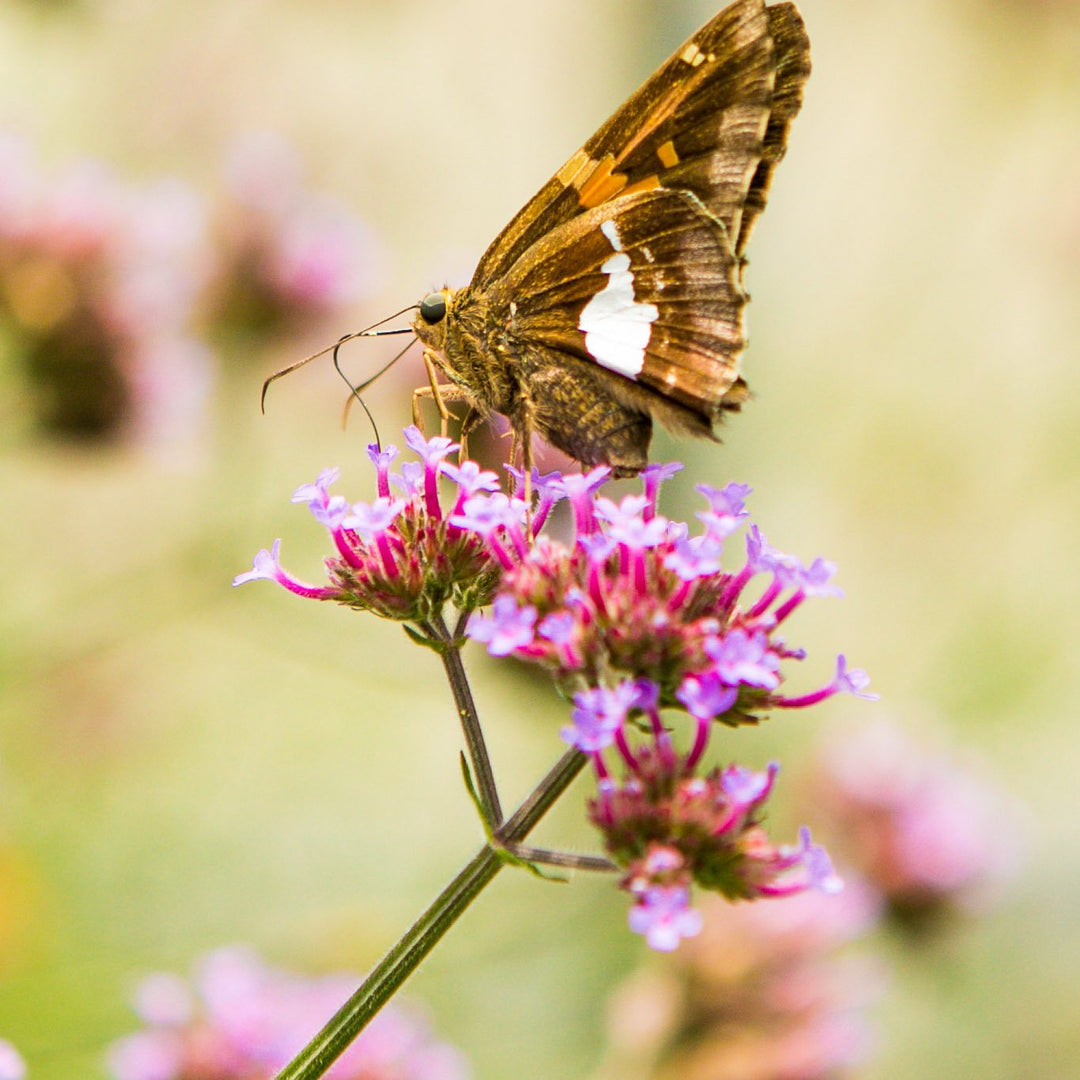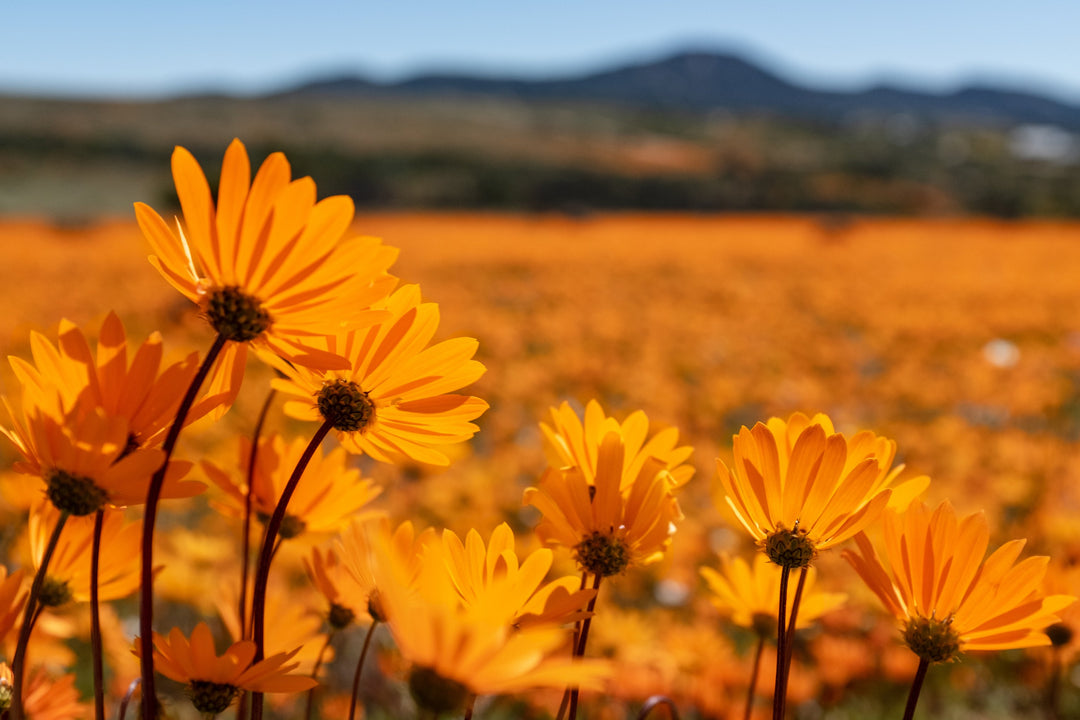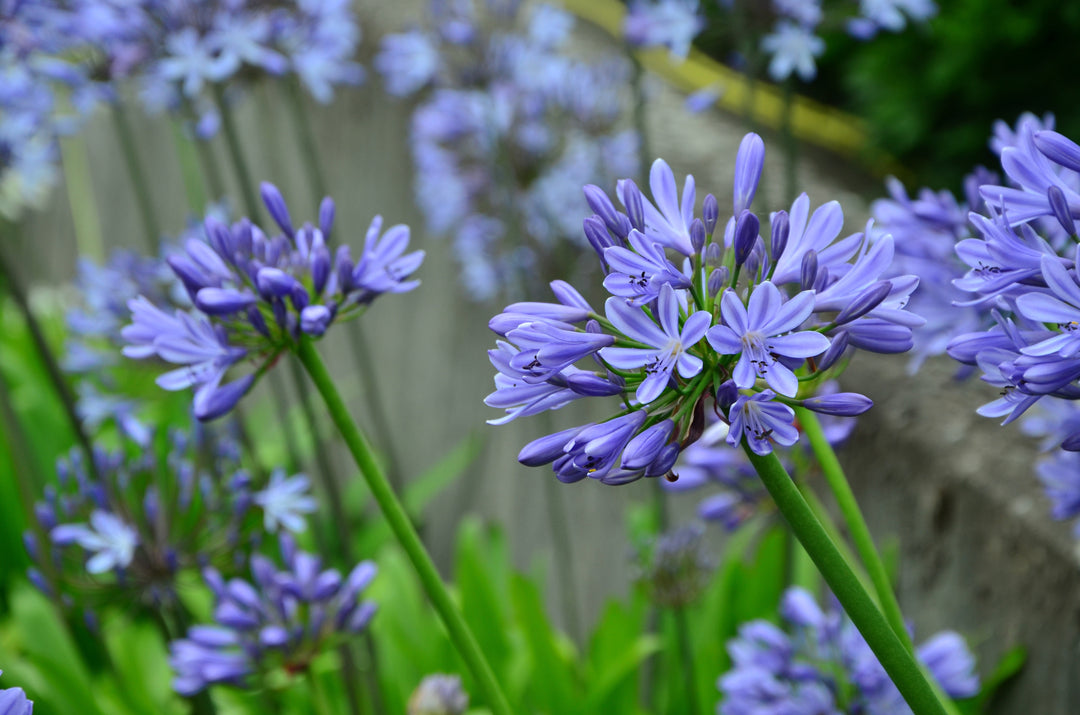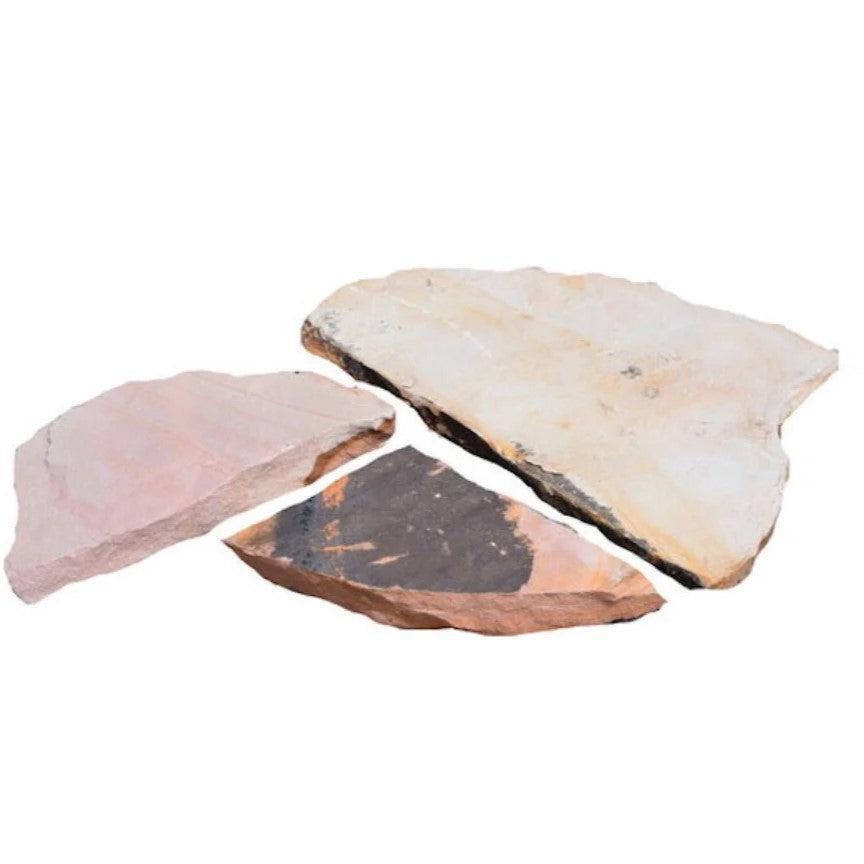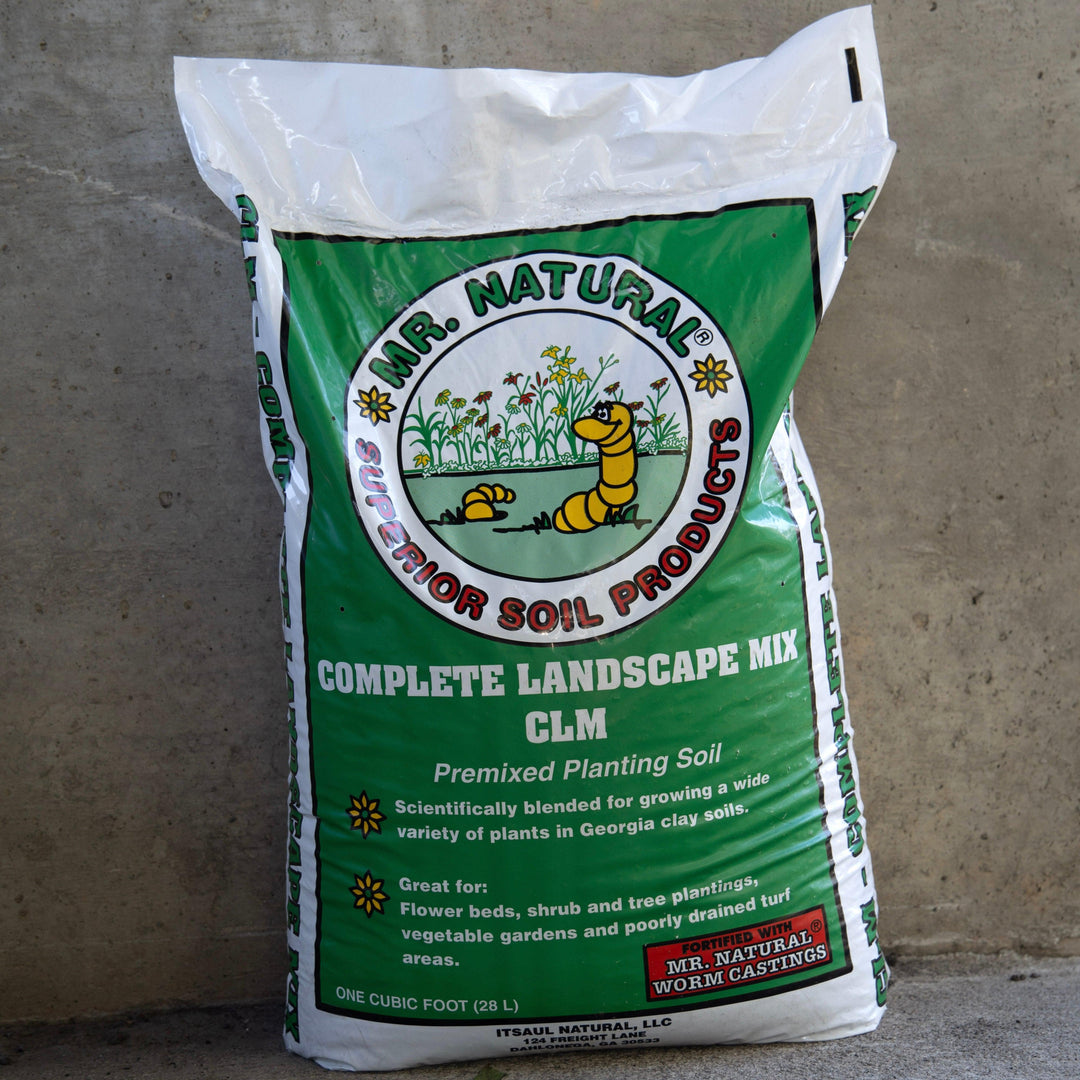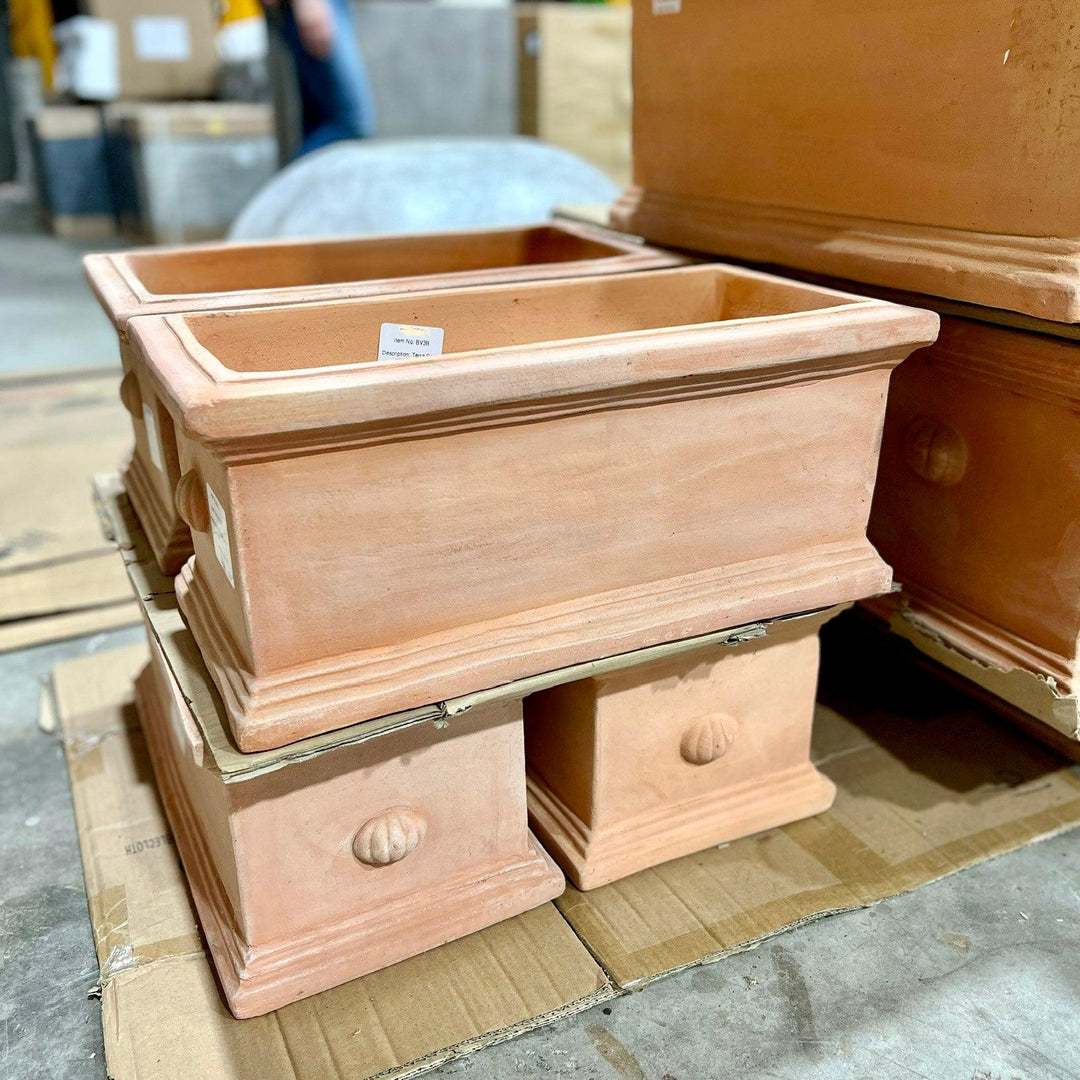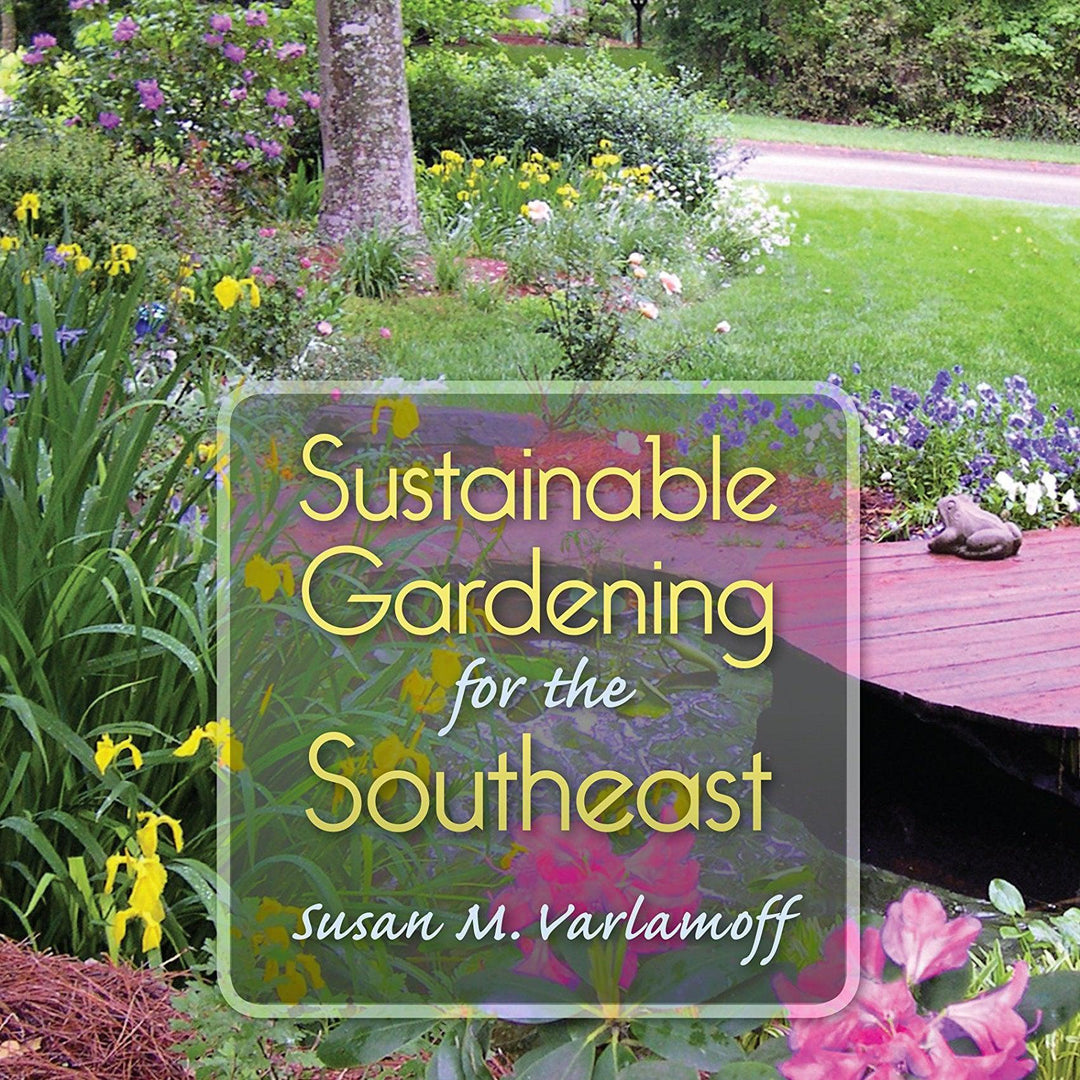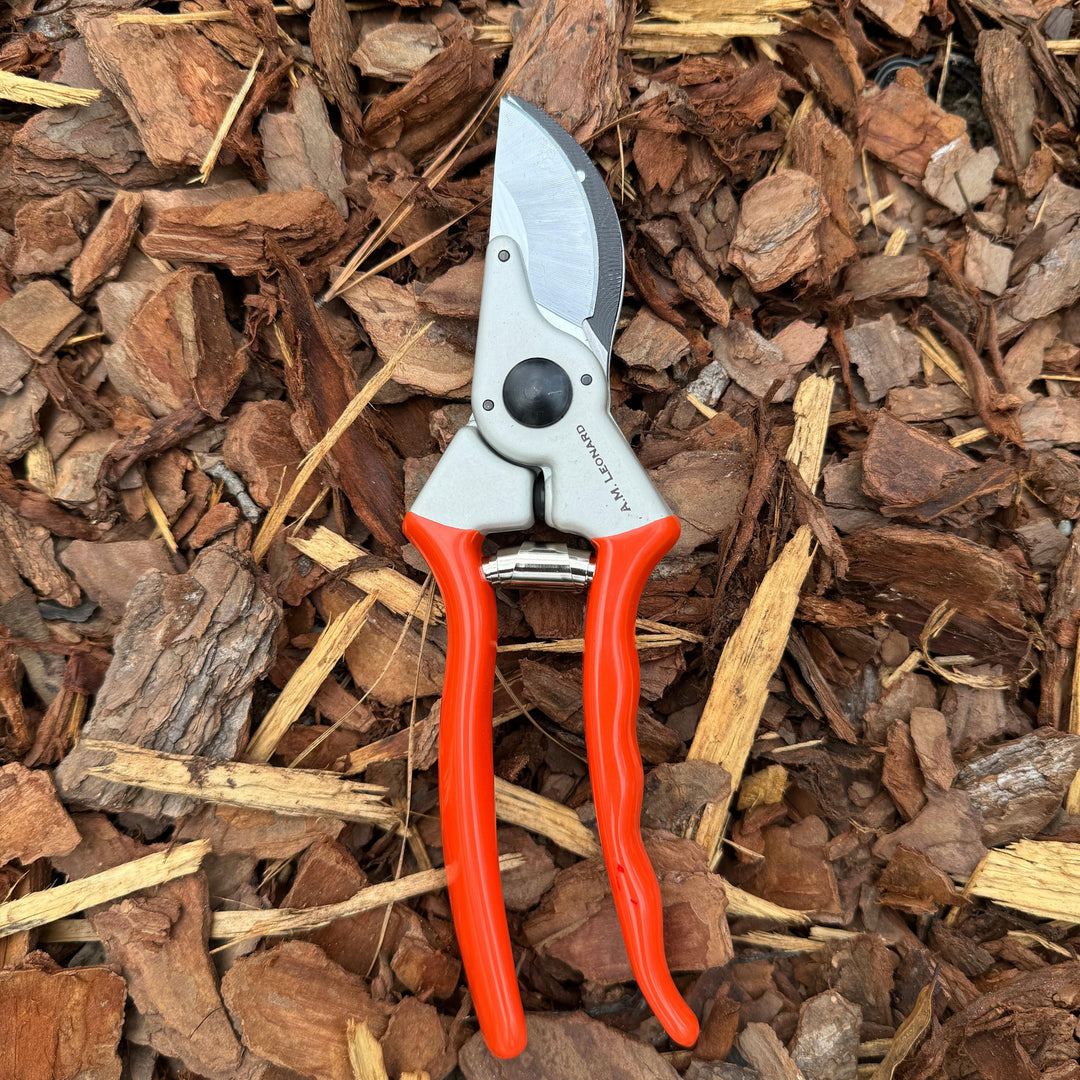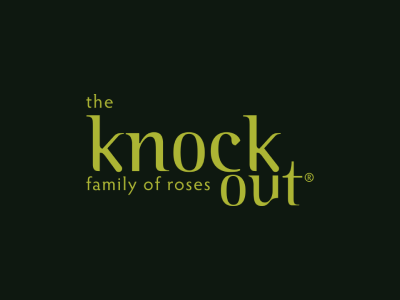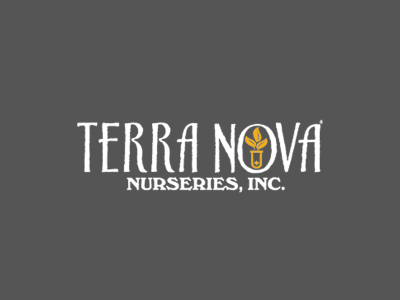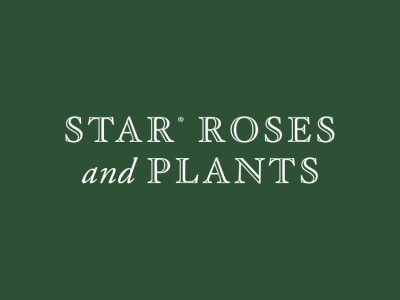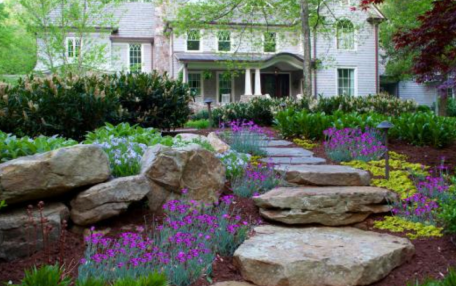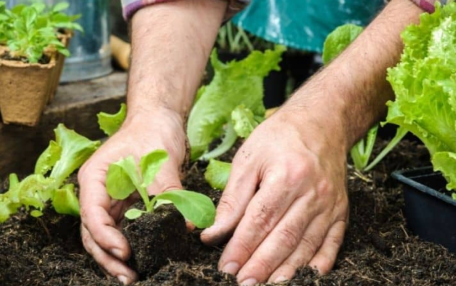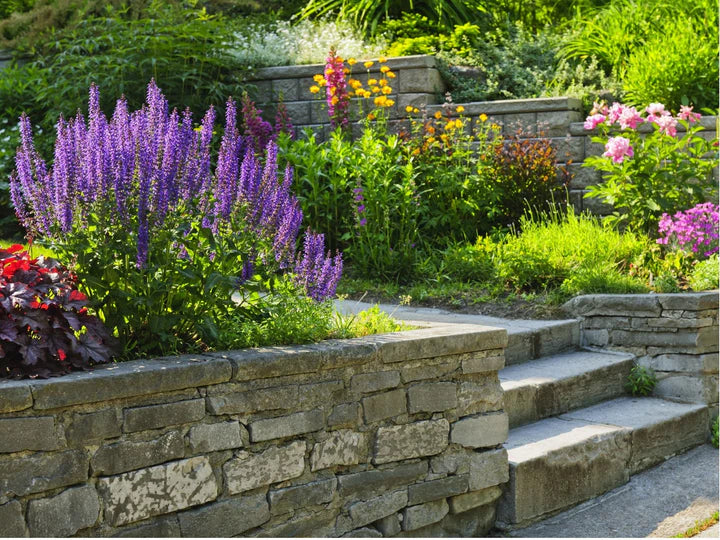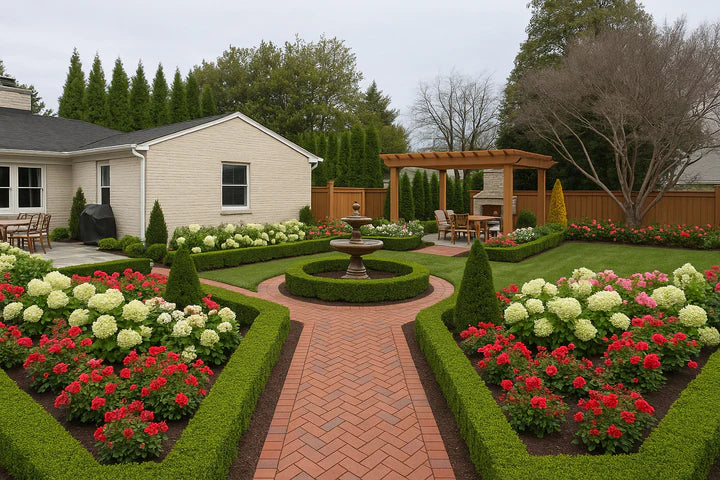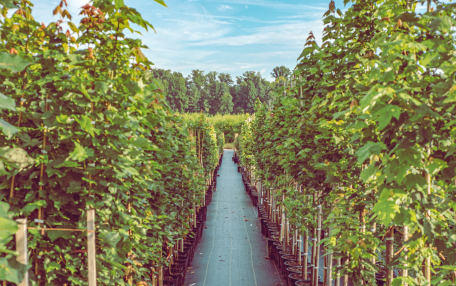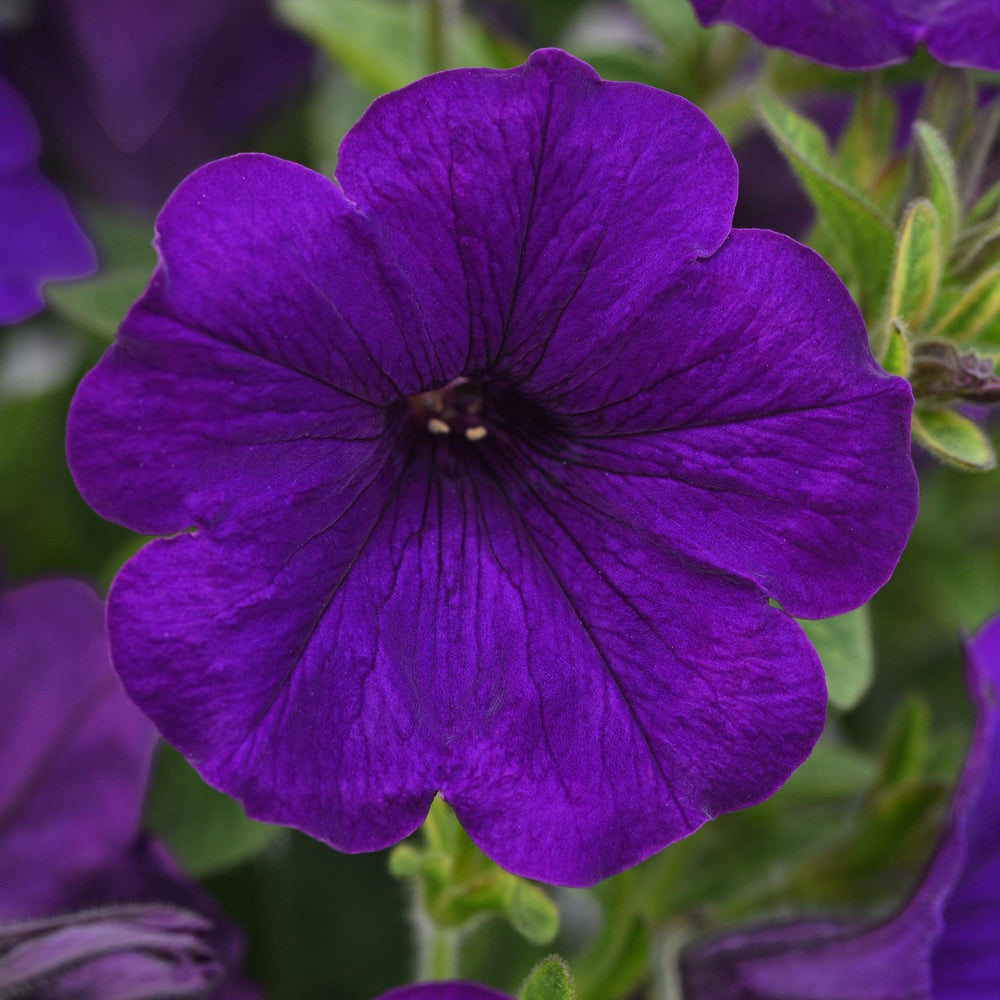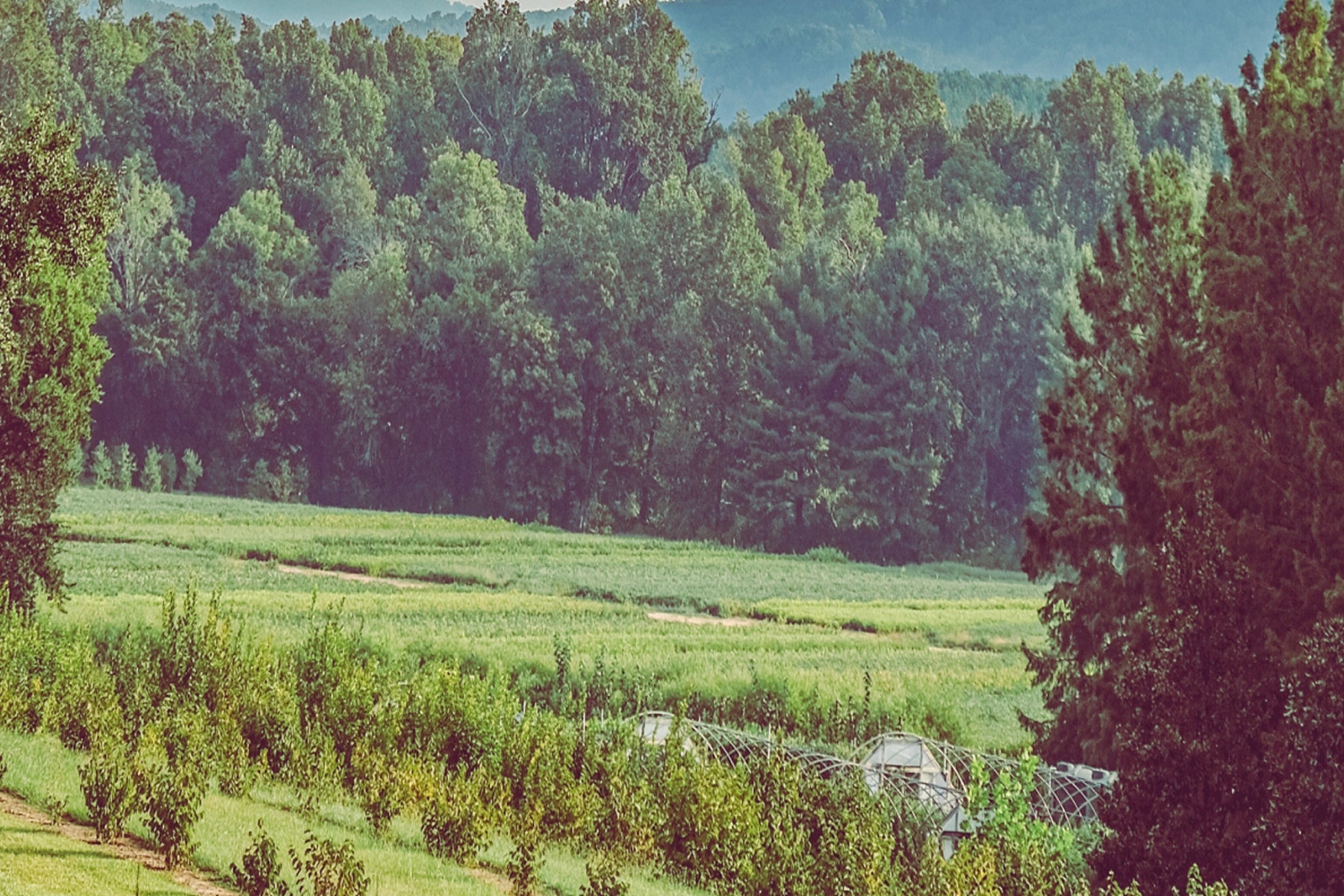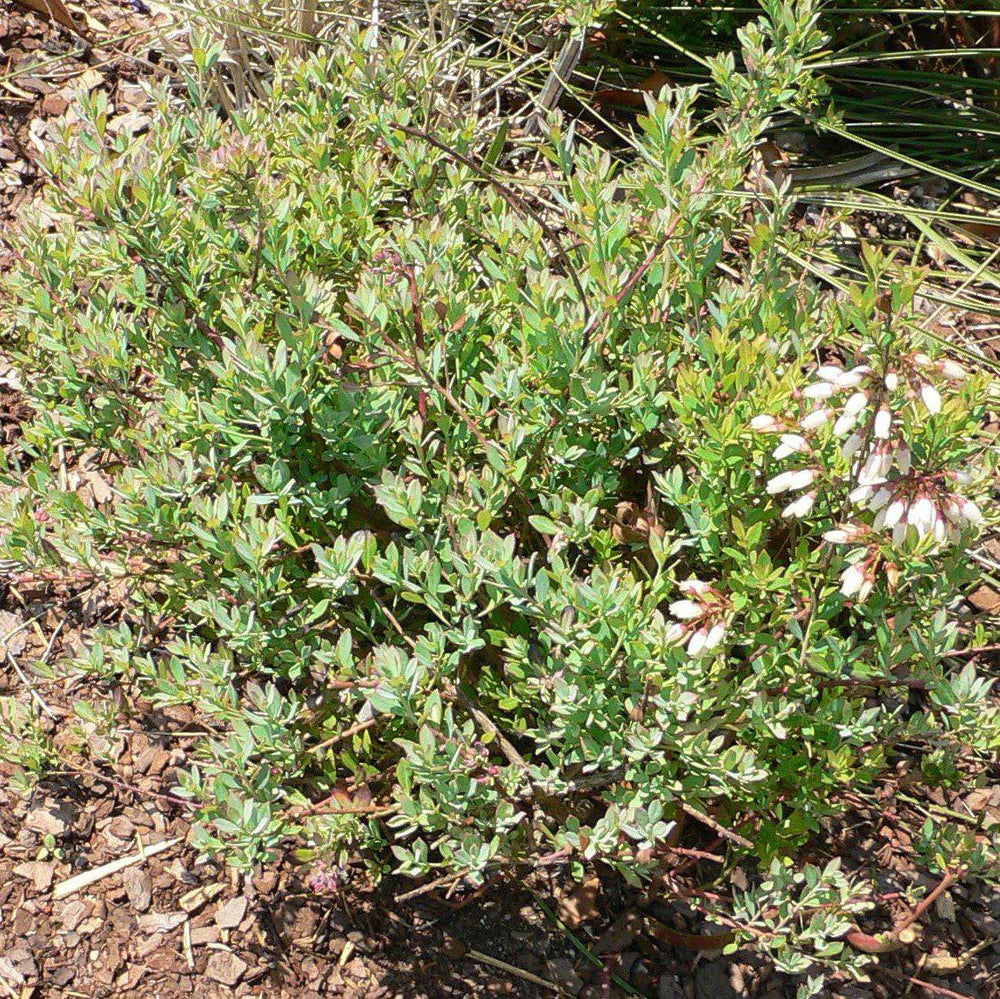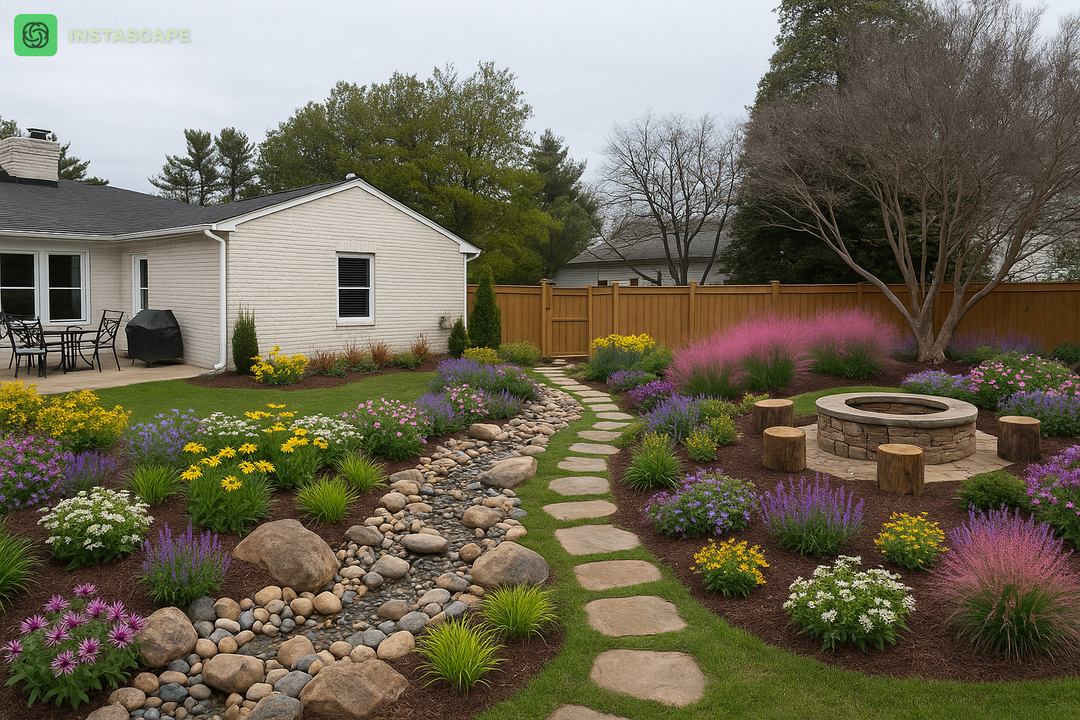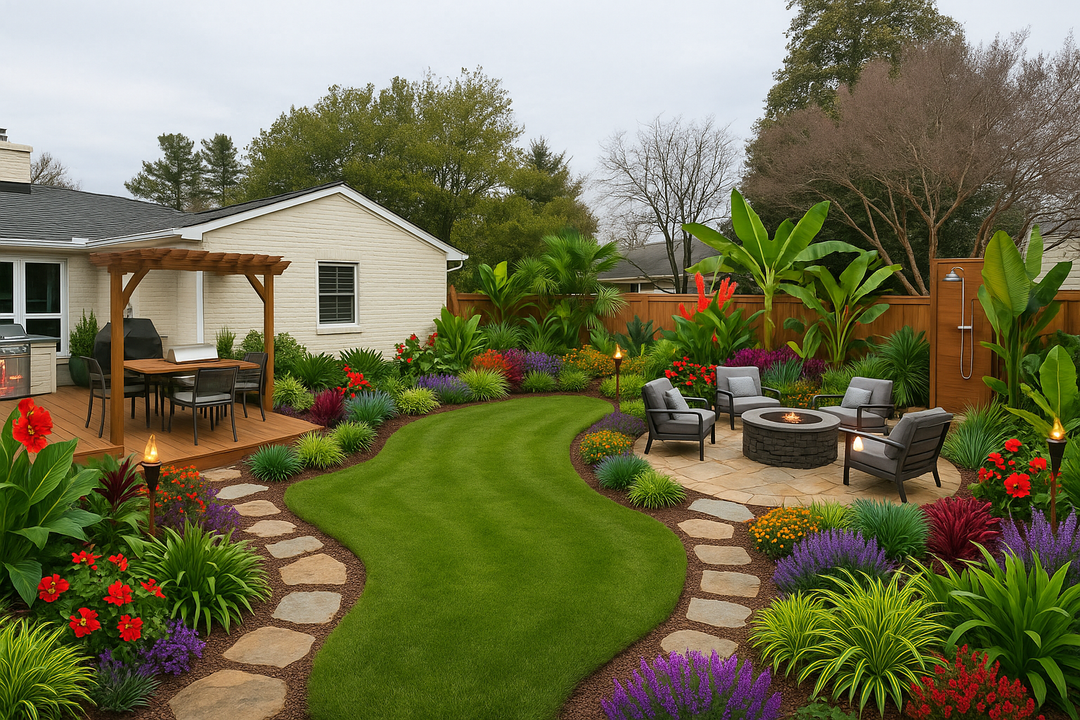Cutie Pie Blueberry is a dwarf deciduous shrub with a compact, container-friendly size and an extended season of edible fruits. The small dark green foliage has attractive fall colors that holds on longer in mild winters. Cutie Pie is a profuse bloomer with dense clusters of white flowers that turn to a good yield of small but sweet dark blue berries. Grows best with full sun and rich, moist acidic well-drained soils. While self fruiting, can cross pollinate between rabbiteye or southern highbush cultivars to increase yield. Moderate chill requirements of 400-500 hours.
|
Type: |
|
|
Origins: |
Native Hybrid |
|
Height: |
2' - 4' |
|
Spread: |
2’ - 4' |
|
Spacing: |
3' |
|
USDA Hardiness Zone: |
6 - 9 |
|
Culture: |
|
|
Bloom Color: |
White |
|
Season of Interest: |
MAINTENANCE NEEDS: Medium Maintenance. Water regularly and mulch. Prune as needed in late winter. Chlorosis may occur in high PH soils. Blight, rot, anthracnose, canker, and mildew are occasional problems. Blueberry maggot, fruit worms, and spotted wing drosophila can damage the fruit. Mummy berry is a fungal disease that shrivels and dries the fruit- remove affected fruit immediately if spotted.
LANDSCAPE USES: Accents or Group Plantings, Borders, Naturalized Areas, Woodland Gardens, Rock Gardens, Hedges, Foundation Plantings, Edible Gardens, and Containers.
COMPANION PLANTS: California Lilac, Magnolia, Strawberry
IMAGES: anonym, Vaccinium darrowii, CC BY-SA 3.0, (2) Dantheman~commonswiki, Myrtille Wikipedia Dan 0429, CC BY-SA 2.5
*As plants have ranges in appearance they may not appear as the images shown.

